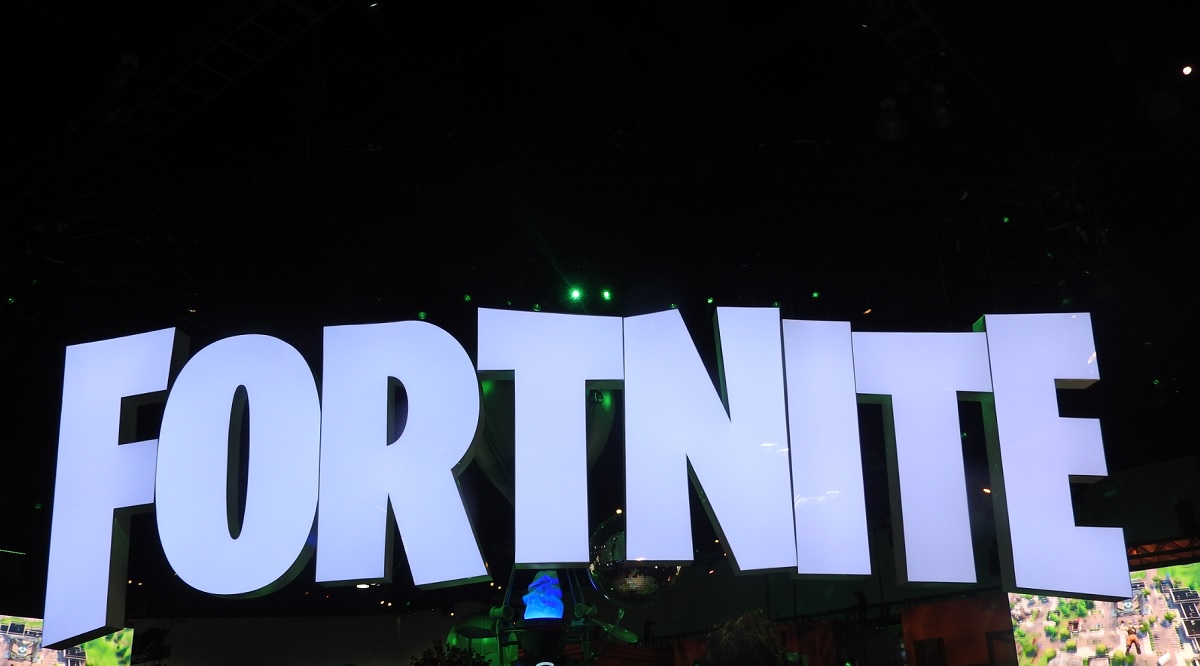GamesBeat: You were unhappy with the Windows store before, in Windows 10. Has anything changed for the better, or headed off some of the fears you’d had?
Sweeney: My attitude toward stores is that there should be lots of them. Any store should be able to operate, and the best stores should succeed on their merits. It’s awesome that Microsoft has a store in Windows 10. It’s awesome that Windows 10 is not locked to the Microsoft store. You can still buy games on Steam and Origin and GOG and the Epic Games launcher. You can buy Fortnite and spend money in it there. I’m a fan of open platforms. I feel that they’re by far the most robust in terms of competition and consumer choice. As a result of that, you see the best work being done and pushed forward on them.
GamesBeat: Is the launcher the way the Android version will be first available? Are you not using Google Play yet, and if not, is that for any particular reason?
Sweeney: We’re distributing Fortnite to Android users from epicgames.com. You go to our website, click the download button, and go through some prompts to download and install Fortnite. There’s no third-party store involved at all. It’s just like the PC experience, the way that PC and Mac users install Fortnite. That now works on Android, which is possible because Android is an open platform.
GamesBeat: Do you see a reason not to put it on Google Play right now? Is that something that would happen in the future?
Sweeney: There are two reasons for what we’re doing. First, we want to have a direct relationship with our customers wherever we can. On open platforms like PC and Android, it’s possible for them to get the software direct from us. We can be in contact with them and not have a third-party distributor in between.
The second motivation is the economics of the store ecosystem as it exists right now. There’s typically a 30/70 split, and from the 70 percent, the developer pays all the costs of developing the game, operating it, marketing it, acquiring users and everything else. For most developers that eats up the majority of their revenue. We’re trying to make our software available to users in as economically efficient a way as possible. That means distributing the software directly to them, taking payment through Mastercard, Visa, Paypal, and other options, and not having a store take 30 percent.
If you look at it, the stores on the smartphone platforms actually do very little. They’ll put ads up in front of your game. When you search for Fortnite on iOS you’ll often get PUBG or Minecraft ads. Whoever bought that ad in front of us is the top result when searching for Fortnite. It’s just a bad experience. Why not just make the game available direct to users, instead of having the store get between us and our customers and inject all kinds of cruft like that? It’s a general criticism I have of the smartphone platforms right now.

Above: Fortnite debuts on Android.
GamesBeat: There’s a bit of risk there, that you have players that might be unhappy that they have to set up payment separately if they want to buy something in the game.
Sweeney: True. It’s on us to make payment as simple as possible. It’s a free game that anyone can download and play, and the only way we make money from it at all is if users love the game and decide to buy stuff, if they’re willing to do that. Our experience is that that’s worked just fine. If you really care about a game, spending a couple of minutes setting up payment is perfectly reasonable. It’s certainly happened with Fortnite. All the stores that operate independently on PC, like GOG and Steam, have all gone through that process. If you look at the economics of it, it’s not worth, say, 25 percent of gross revenue to save the effort of setting up a payment method on our platform.
GamesBeat: Would Paragon have been easy to do on all platforms, on Android as well, or would that not have been possible at the time?
Sweeney: The controls in Paragon are quite different, but yeah, if we’d chosen to take that route with Paragon, with a concerted effort we could have shipped that on all platforms. The experience on smartphones would be similar to the Fortnite experience on smartphones. We could have achieved parity. If you look at a lot of the high-end Korean mobile games, they have numerous games with graphics at the quality and specs of Paragon’s graphics. You can see that it’s possible.
GamesBeat: How is progress going on the Metaverse as far as you can see?
Sweeney: [laughs] Well, it’s a topic we think about every day. A 3D social environment where users can get together and do interesting stuff — I think we’re seeing games pick up and more and more elements of that every day as we go along. If you look at the way people gathered together in Fortnite, socially, to watch the Rocket Launch event together, that was something I don’t think we’ve seen in gaming before. There’s a long path from where we are to achieving the Metaverse. It might take a decade. But every game developer is contributing a bit of forward progress. We’re just going to have to learn as we go about what works and what doesn’t work.
Imagine being back in 1980 and trying to design a social network. You’d get some parts of it right, and you wouldn’t get the other parts of it. You’d probably end up with something that looks a bit like IRC or email. It’s going to take time to evolve and discover the magic that makes it work.
GamesBeat: Do you think Fortnite helps you get there? Or does it enable other things for Epic now?
Sweeney: We’re learning a lot from the way people play the game. We’re 100 steps away from the Metaverse, but Fortnite made two or three of them. We’re getting players together from all platforms, especially, and bringing them together live for events. But there are a lot of components missing there. There’s not a persistent universe, a single world everyone can participate in. It’s a problem we’ll all be groping toward over the next decade.
As far as the success of Fortnite, that’s the best type of funding a company can get: microtransactions from happy customers. We’re heavily reinvesting, based on Fortnite’s profits, in the underlying game. We’re building our team, adding features, starting a lot of long-term initiatives that will bear fruit in the coming years. We’ve been investing into Fortnite esports. We have competitions, events, and opportunities to win real money. We’ve announced $100 million in prize pool money coming in the next 12 months. This is a great boon for Epic. We have an unlimited ability to invest in our technology, our games, and all the ecosystem around it.

Above: Fortnite booth at E3 2018.
GamesBeat: Esports might be a whole company’s business by itself.
Sweeney: A lot of companies have big plans. With Fortnite we’ve really been letting the community call the shots. We want to have a completely inclusive approach to esports in which anybody can participate. You’ll see the world’s top players in some competitions, but there will be competitions open to anybody as well. You won’t need to own a sports team to be involved. We want the game to be open to everyone.
That’s the spirit of Epic. We release the whole Unreal Engine source code because we feel anybody who wants to make a game should have all the benefits an engine developer has when they make their game. Fortnite’s the same thing. We want to democratize the participation in these events, make it all based on merit.
GamesBeat: Anything else on your mind these days?
Sweeney: Our experience in building Fortnite for Android specifically has been really positive. Android is an awesome open platform. It’s underappreciated as an open platform. Since the very beginning it’s supported installation of third-party apps, and with Android Oreo that support has gotten a whole lot better. It’s a really robust framework for ensuring user security and giving users full control over what’s happening on their device. We’re thrilled with it, and we’re excited about that general direction in the industry.

